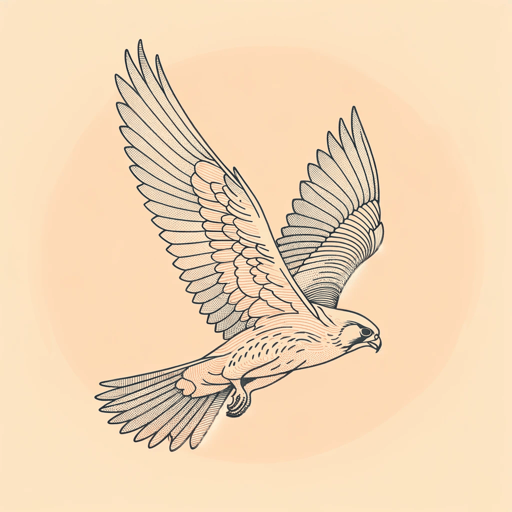26 pages • 52 minutes read
William Butler YeatsThe Second Coming
Fiction | Poem | Adult | Published in 1919A modern alternative to SparkNotes and CliffsNotes, SuperSummary offers high-quality Study Guides with detailed chapter summaries and analysis of major themes, characters, and more. For select classroom titles, we also provide Teaching Guides with discussion and quiz questions to prompt student engagement.
Further Reading
“The Waste Land” by T. S. Eliot
Published two years after “The Second Coming,” “The Waste Land” (1922) by T. S. Eliot has similar apocalyptic themes and questions the morality of man following World War I. Differing from Yeats, however, Eliot’s wasteland is present, not impending, and he believes society can pull itself out of despair. Like Yeats, Eliot was a major figure in Modernism, and “The Waste Land” is a foundational work of Modernist poetry.
“The Masque of Anarchy” by Percy Bysshe Shelley
Though Percy Bysshe Shelley was not one of Yeats’s contemporaries, Yeats greatly admired Shelley and found inspiration in his work. Shelley wrote “The Masque of Anarchy” (1819) in response to the Peterloo Massacre in Manchester, calling for peaceful resistance to tyranny. While Yeats’s response to the violence of World War I was different in his poetry, he eventually became a leader in the Irish resistance against British rule.
“The Faerie Queene” by Edmund Spenser
Edmund Spenser, a contemporary of Yeats’s and a fellow Irish Literary Revivalist, wrote “The Faerie Queene” in the tradition of Irish folklore. Yeats sought to represent his Gaelic heritage in similar plays and poems.
Related Titles
By William Butler Yeats
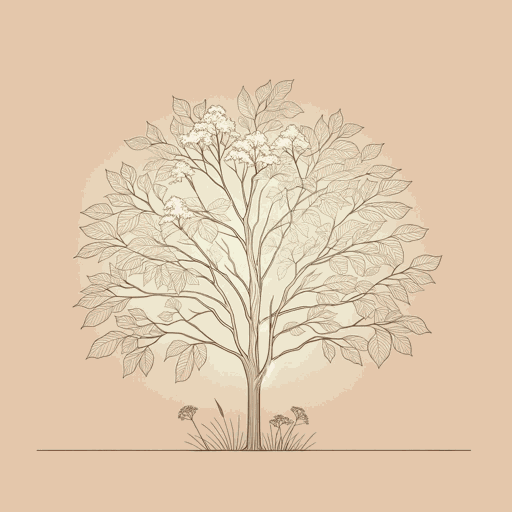
Among School Children
William Butler Yeats

A Prayer for My Daughter
William Butler Yeats
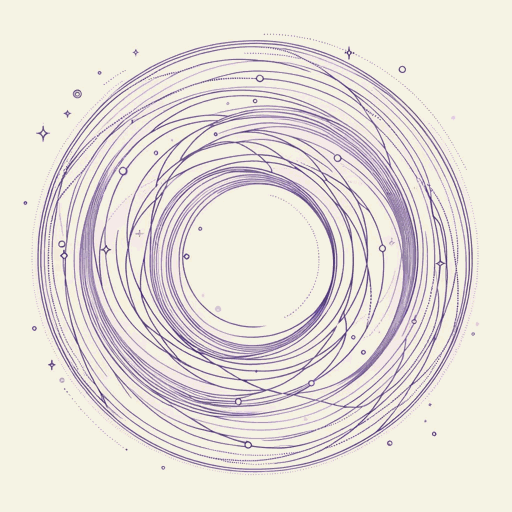
A Vision: An Explanation of Life Founded upon the Writings of Giraldus and upon Certain Doctrines Attributed to Kusta Ben Luka
William Butler Yeats

Cathleen Ni Houlihan
William Butler Yeats
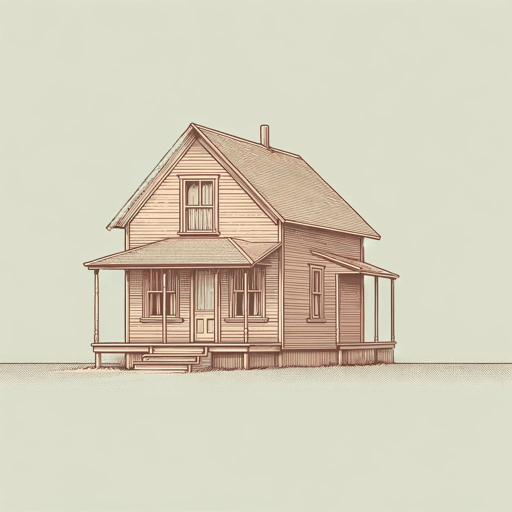
Crazy Jane Talks with the Bishop
William Butler Yeats
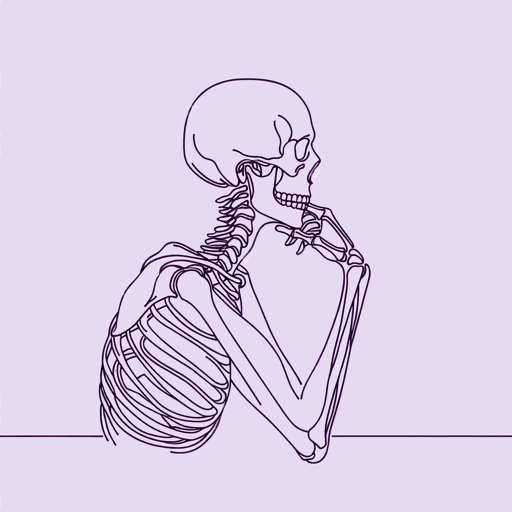
Death
William Butler Yeats
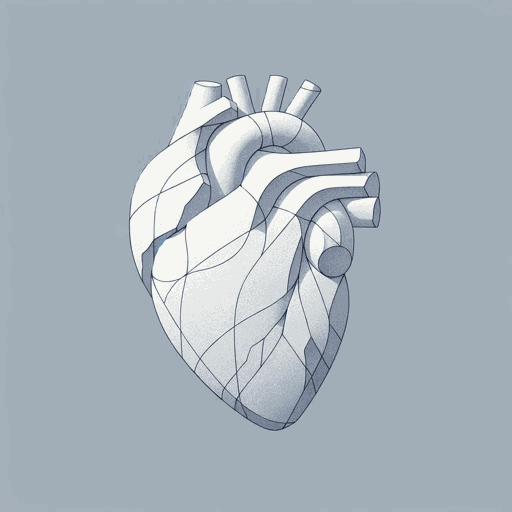
Easter, 1916
William Butler Yeats

Leda and the Swan
William Butler Yeats
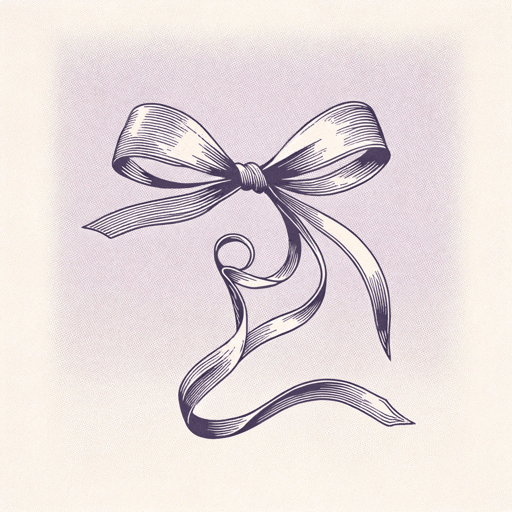
No Second Troy
William Butler Yeats
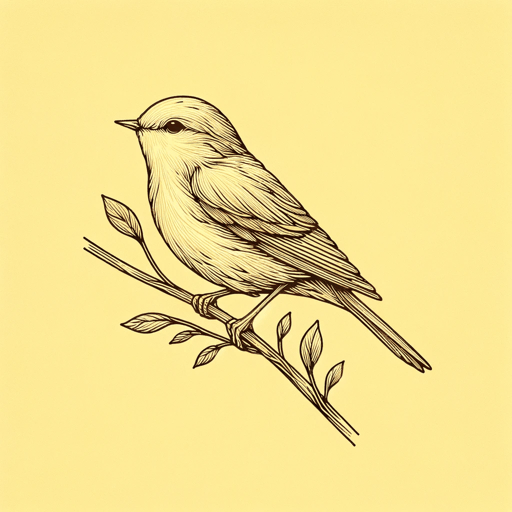
Sailing to Byzantium
William Butler Yeats
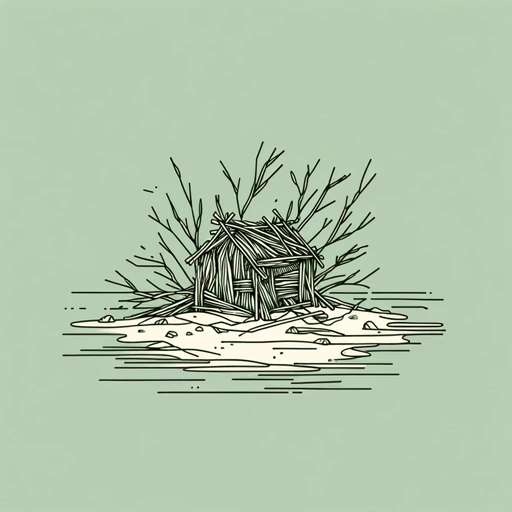
The Lake Isle of Innisfree
William Butler Yeats
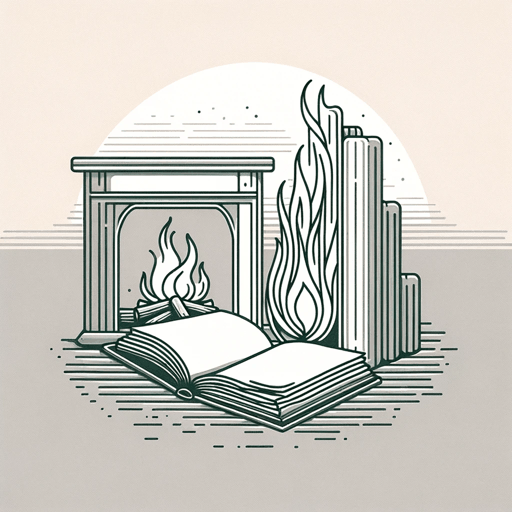
When You Are Old
William Butler Yeats
